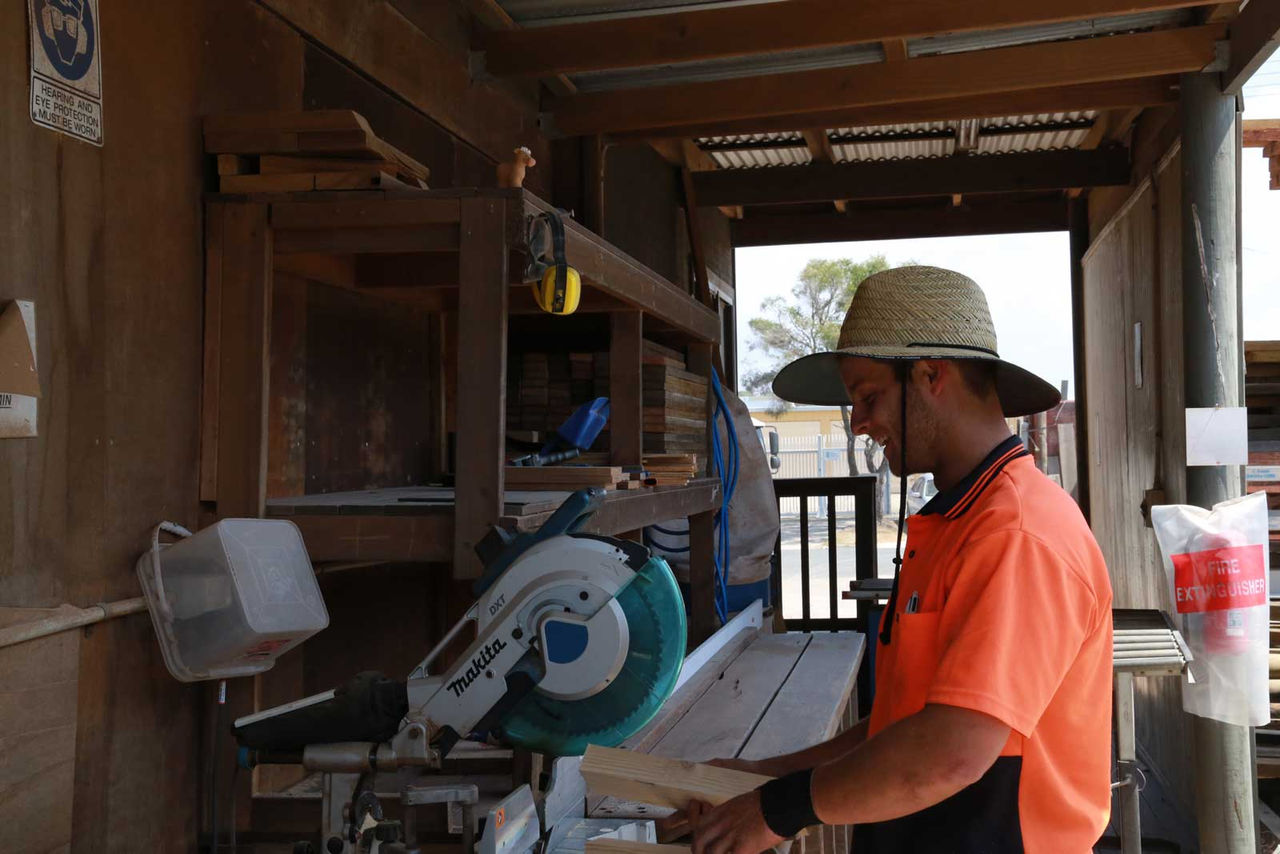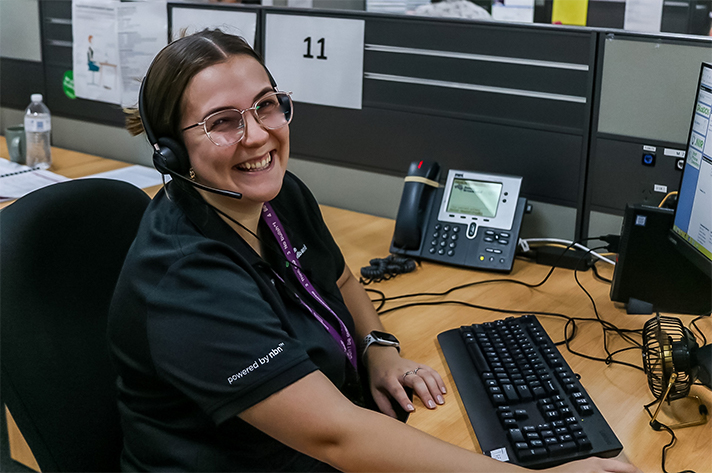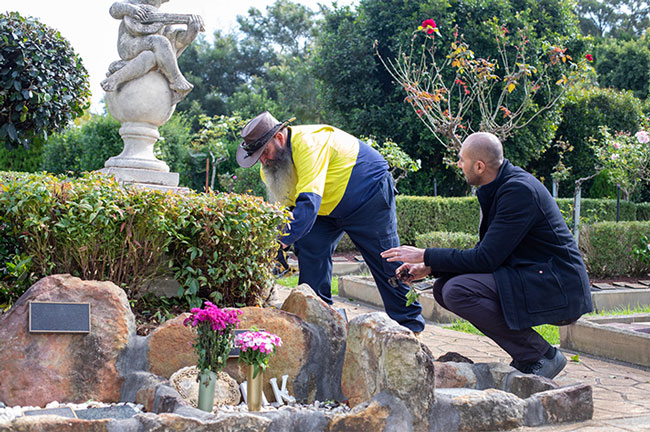Jobs for people with bad backs
Published by MAXSolutions on June 29, 2021

Back pain is an incredibly common complaint, with 1 in 6 Australians managing life with a back condition. Some 4 in 5 Australians will also experience back pain at some point in their lives. Despite how common these conditions are finding jobs suitable for bad backs can sometimes be as challenging as managing back pain!
The best jobs for people with bad backs will depend on the particular condition and level of pain experienced. You will of course have to factor in your unique skills and abilities, as well as what types of jobs you are interested in.
If you are looking for a job that is easy on your back or tips that may help you manage your back condition, read on.
Jobs for people with bad backs
The job that is right for your situation will depend on how your back condition or injury affects you.
You may be able to work in a physical role but with some limitations. You may find that sitting for most of the day is actually a trigger for your condition. It will all depend on your body and the advice of your doctor.
That being said there are some jobs or industries that might be a better fit if you have a bad back:
Administrative roles:
There are administrative positions within every industry so no matter what your background, you are likely to find something within your field of experience. From data collection, logistics management or taking care of financials, many of these jobs will have you at a desk. So you will just have to be mindful of sitting down all day.
Sales and customer service roles:
Whether face-to-face or on the phone, these types of jobs can be a good option for people for bad backs. Again, they span a wide variety of industries so there is sure to be plenty of options to fit your experience.
While some of these roles may be at a desk, companies these days place such an emphasis on employee health that ergonomics pc set ups and sit stand desks are the rule not the exception.
For many sales or customer service roles in a retail environment, you might be stood up, walking the floor or talking to customers. Be sure to talk to your manager about what activities cause more pain and ensure you take opportunities to sit down or rest.
Technology roles:
You could be building websites or drafting industrial designs and plans. As much of the world moves to technological or data driven workplaces the opportunities in this space are vast. While jobs are typically at a computer, the proper ergonomic setup should be all that is needed to manage your bad back.
Creative roles:
As an industry that’s well known for its flexibility and with a range of jobs that generally only require a laptop, many jobs in the creative field can be great for people with bad backs.
Whether you are writing sales copy, animating content, or designing products the chance to work from a beach or your home as well as an office allows you to best manage your health.
Education or training roles:
Education or training jobs are varied and span many industries and don’t necessarily require a university degree. If you have a history of demonstrable and in-demand skills, you could move into teaching at TAFE or conducting seminars for businesses.
If you aren’t a qualified teacher but would like a job in the education system you could even become a teacher’s aide.
Teaching roles are great as they don’t involve strenuous activity. There is a great balance between sitting down and moving around making it a good job for people with bad backs.
Ultimately, the best kinds of jobs for people with chronic conditions are those that allow flexibility. Flexibility in where, how, and when you can do your job would be the best fit for you.
Managing a bad back at work.
Your unique situation and the job or career you have will affect the management strategies for your back condition.
The following tips are general advice that may help you in minimising pain or act as a preventative for further damage:
Avoid repetitive tasks
Many jobs have tasks that must be completed frequently,throughout the day. These could be general office jobs like typing, or more labour intensive tasks or somewhere in between.
The main thing to watch for is the repetition. Particularly if you are in a position that is causing fatigue or is awkward. if the task is not something you can avoid entirely make sure to have breaks to rest and if you can switch to different job before coming back to it.
Watch your posture
Whether you are sitting down or standing for most or part of the day, it is important to ensure you are maintaining a good posture. You may not notice the damage a bad posture can cause to your back immediately, but it can lead to further degeneration or slow the healing process.
Use proper lifting techniques
Use of improper lifting techniques is one of the most common ways people hurt their backs at work. always lift with proper technique and at a weight that is comfortable. If possible, use lifting aids or get help from a work mate where you can.
Listen to your body
While your doctor can give advice and your employer can give you the tools only you know if something isn’t right. Treat your body right and don’t push it past your limitations or though pain otherwise you could cause lasting damage.
Speak to your boss
If you are ever worried about a task or have ideas about how your workspace can be improved, bring it up with your boss. Let them know about your concerns and don’t hide the limitations of your injury. Being honest and upfront is important to make sure accidents or injuries can be prevented.
It’s important to note you should always be following the advice of your GP or specialist regarding any health conditions.
If you need assistance in finding a job that fits your unique situation, reach out to our employment consultants below and start a conversation.
Share
Tags
Found this useful?
Help and advice
Our blogs are about helping people seek the information that they need for their steps in the workforce.




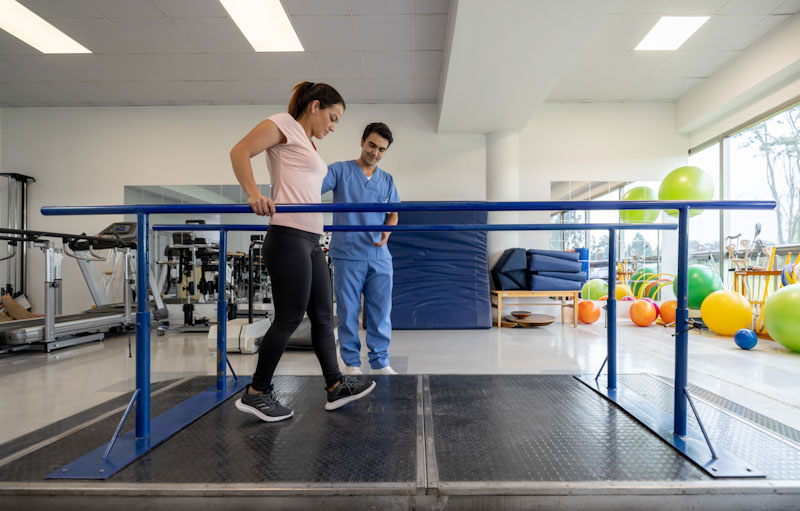









_1.jpg)




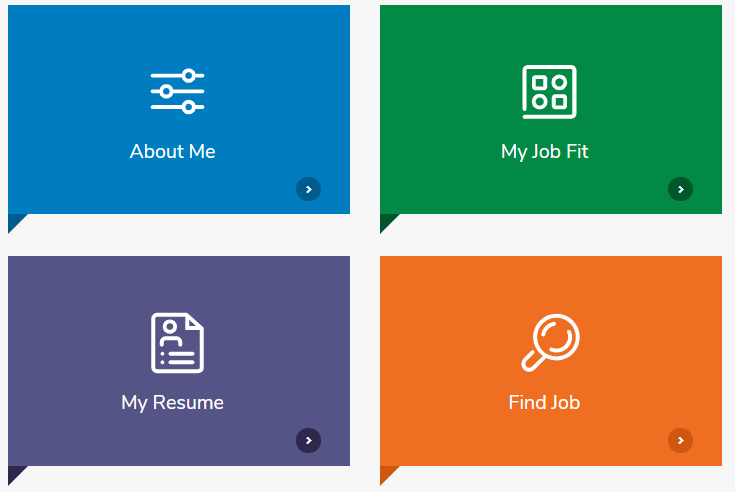

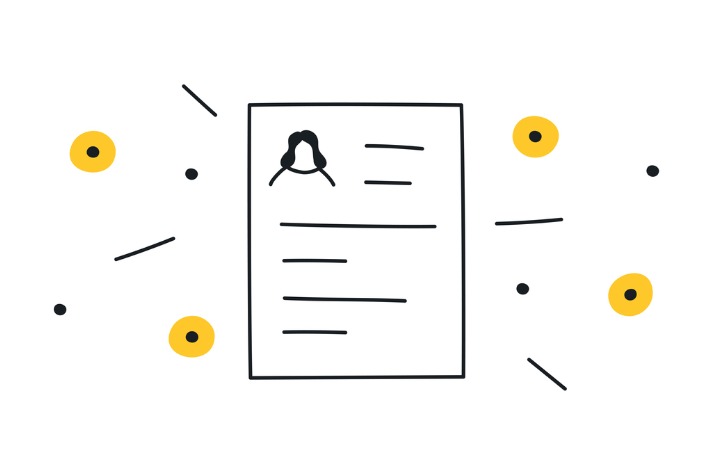













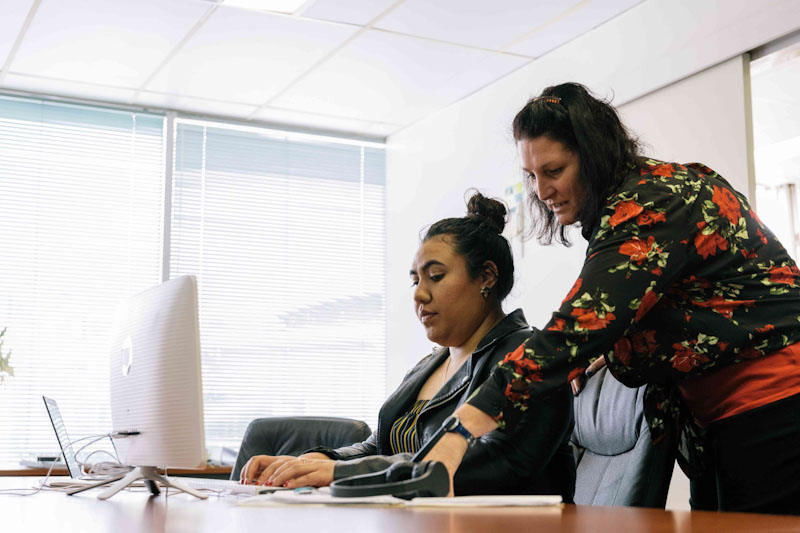








.jpeg)
